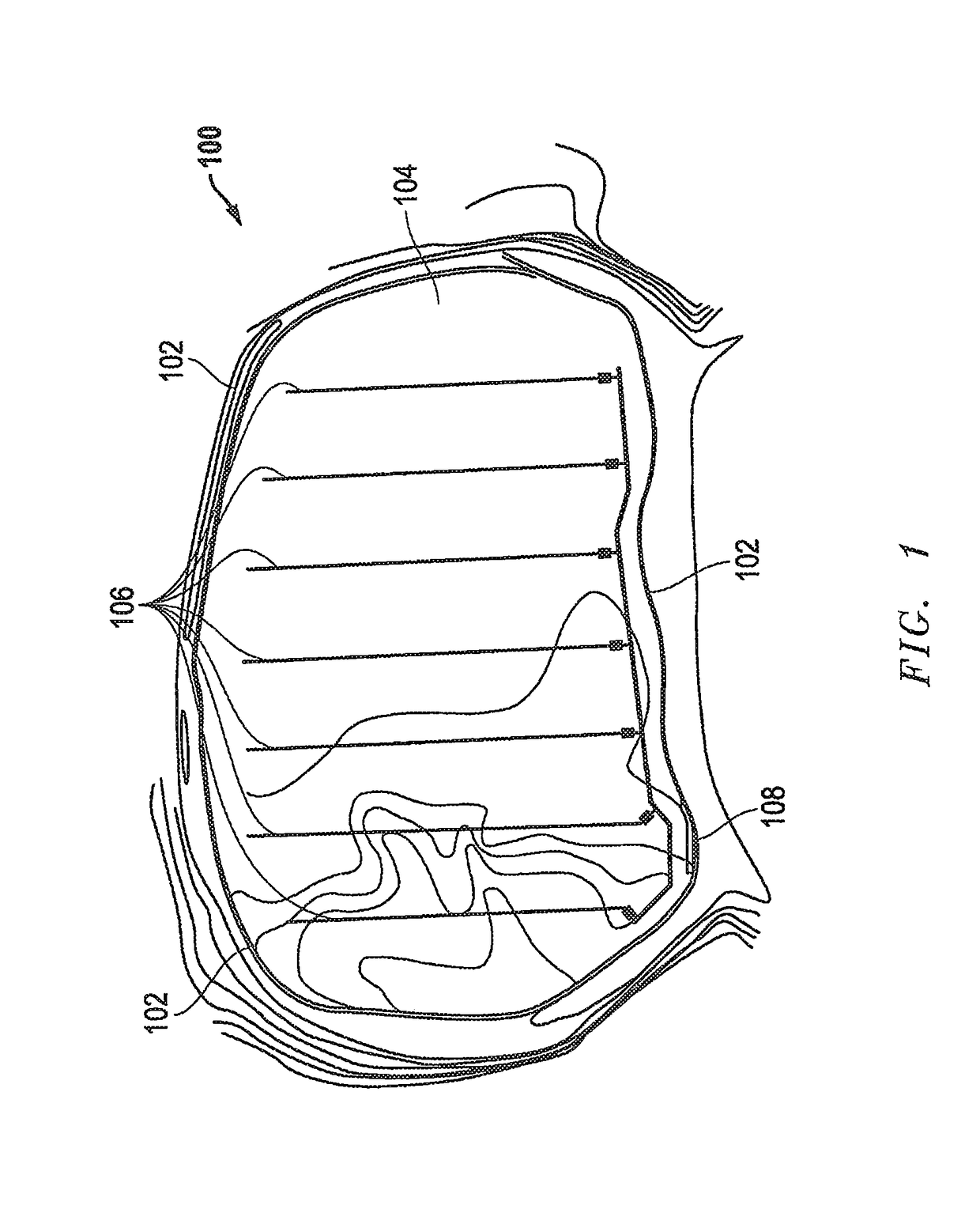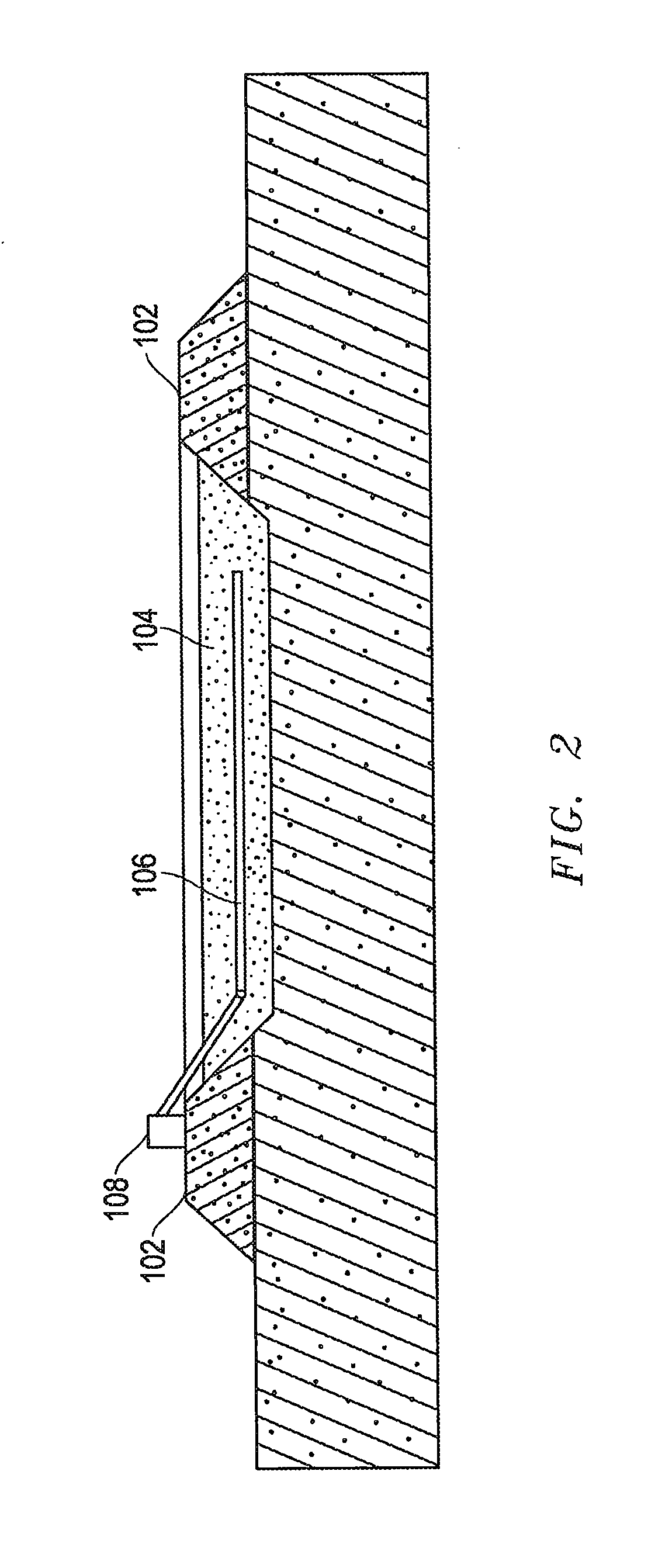System and method for dewatering coal combustion residuals
a technology of coal combustion and dewatering system, which is applied in the direction of drying solid materials, drying, lighting and heating apparatus, etc., can solve the problems of reducing the volume of the water tank, so as to facilitate the removal of water and reduce the volume
- Summary
- Abstract
- Description
- Claims
- Application Information
AI Technical Summary
Benefits of technology
Problems solved by technology
Method used
Image
Examples
Embodiment Construction
[0019]The present invention is directed to improved methods and systems for, among other things, system and method for dewatering coal combustion residuals. The configuration and use of the presently preferred embodiments are discussed in detail below. It should be appreciated, however, that the present invention provides many applicable inventive concepts that can be embodied in a wide variety of contexts other than system and method for dewatering coal combustion residuals. Accordingly, the specific embodiments discussed are merely illustrative of specific ways to make and use the invention, and do not limit the scope of the invention.
[0020]Embodiments of the present invention include the installation of prefabricated drains in a horizontal, generally co-planar pattern below the surface of the CCR and putting suction or a vacuum on the horizontal drains to withdraw water from the CCR material to lower the water level down to the level of the prefabricated drains below the CCR surf...
PUM
| Property | Measurement | Unit |
|---|---|---|
| depth | aaaaa | aaaaa |
| thick | aaaaa | aaaaa |
| thick | aaaaa | aaaaa |
Abstract
Description
Claims
Application Information
 Login to View More
Login to View More - R&D
- Intellectual Property
- Life Sciences
- Materials
- Tech Scout
- Unparalleled Data Quality
- Higher Quality Content
- 60% Fewer Hallucinations
Browse by: Latest US Patents, China's latest patents, Technical Efficacy Thesaurus, Application Domain, Technology Topic, Popular Technical Reports.
© 2025 PatSnap. All rights reserved.Legal|Privacy policy|Modern Slavery Act Transparency Statement|Sitemap|About US| Contact US: help@patsnap.com



